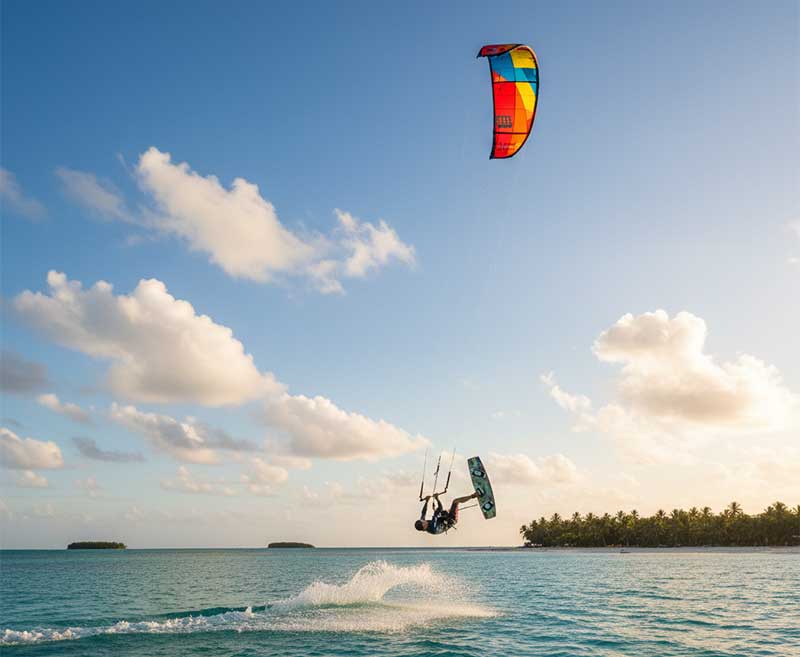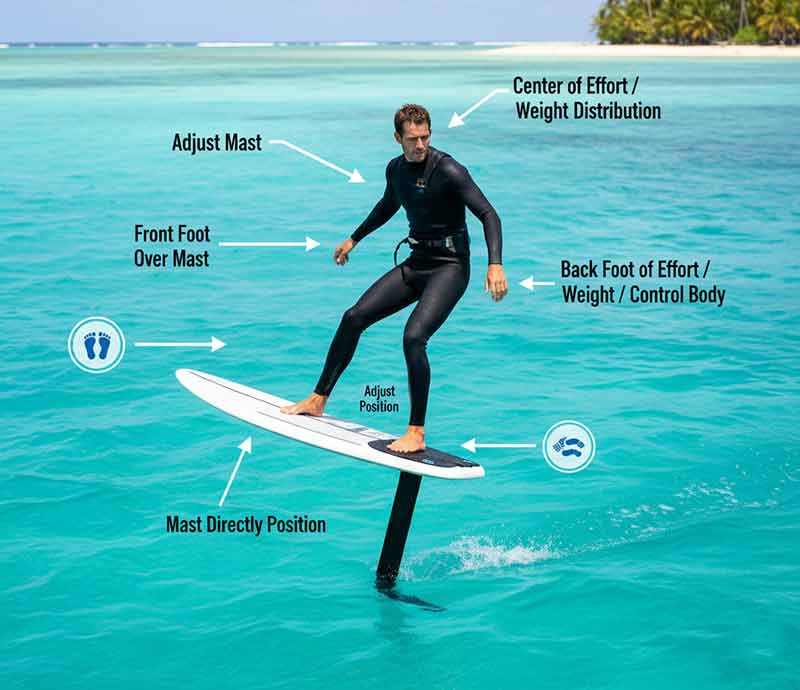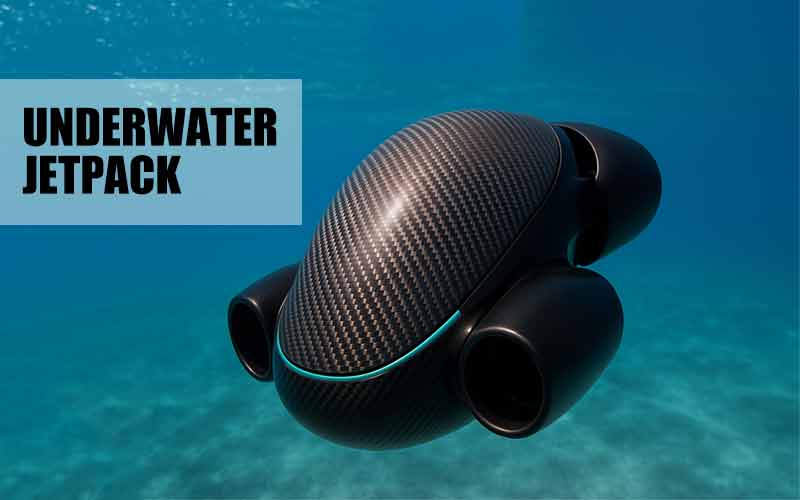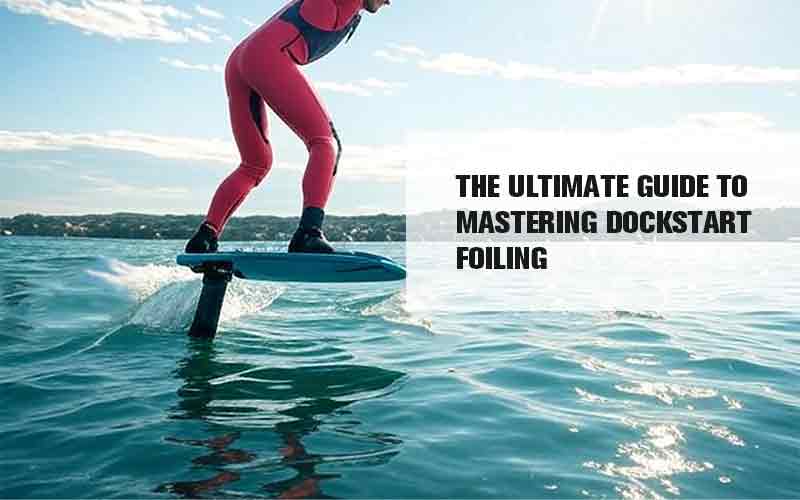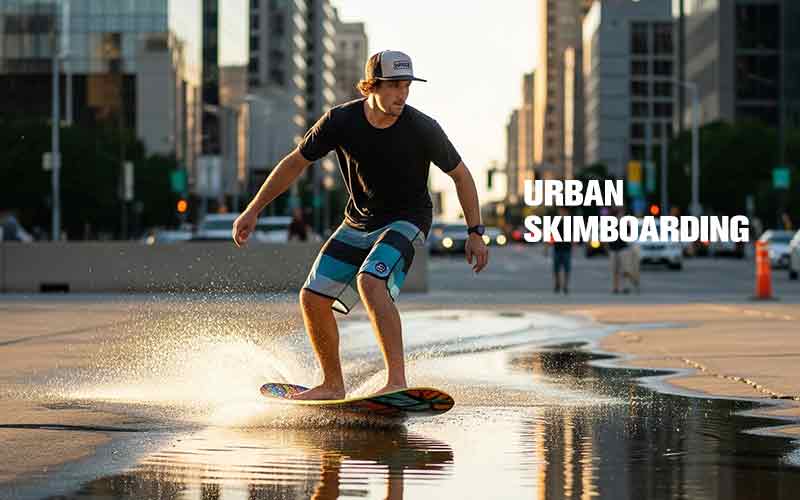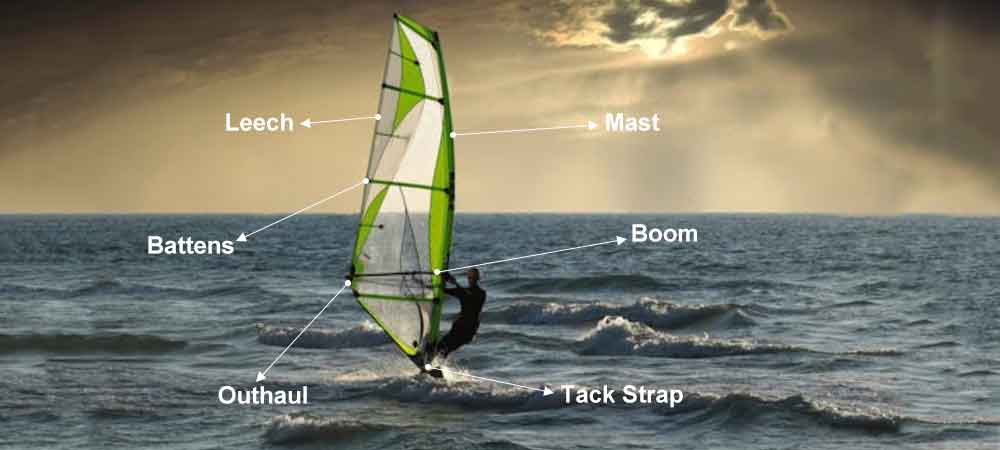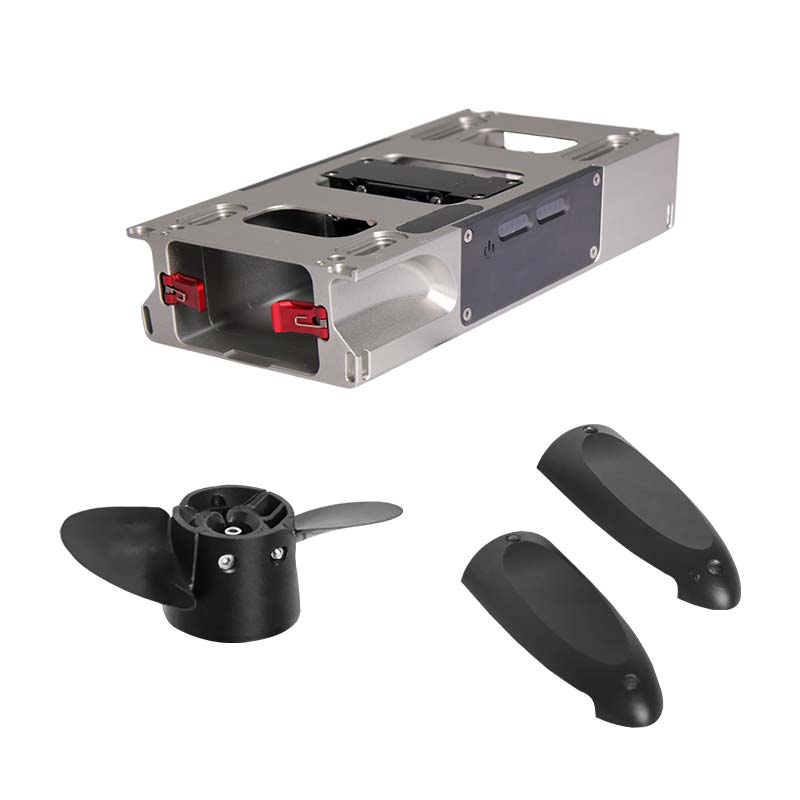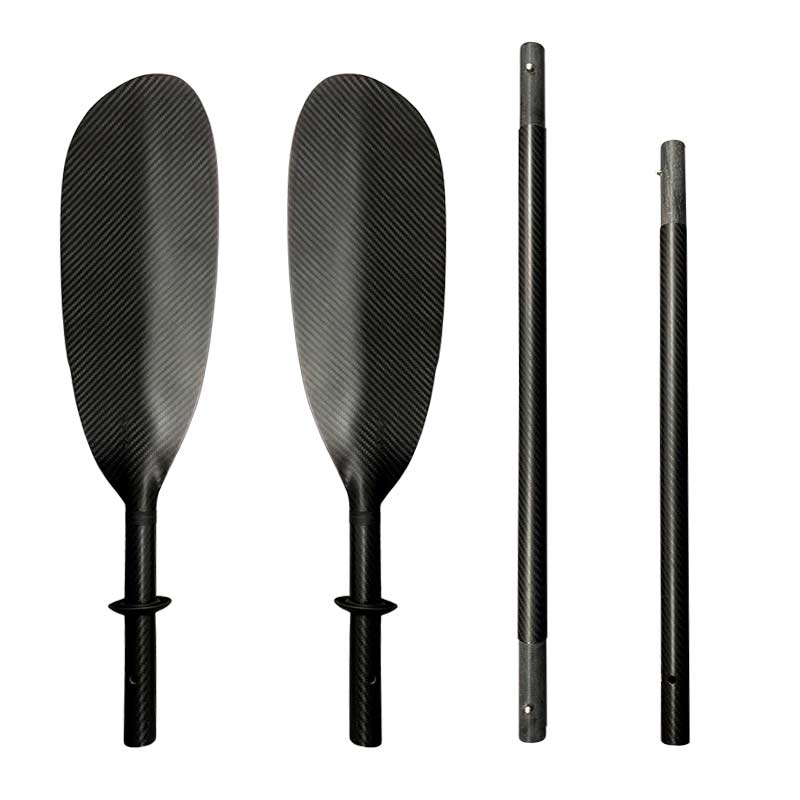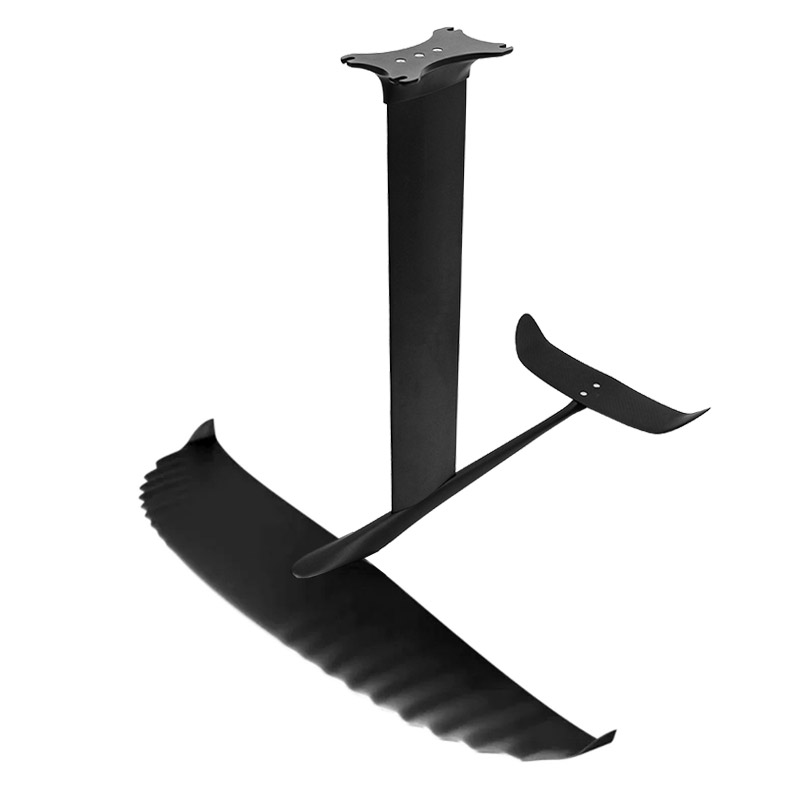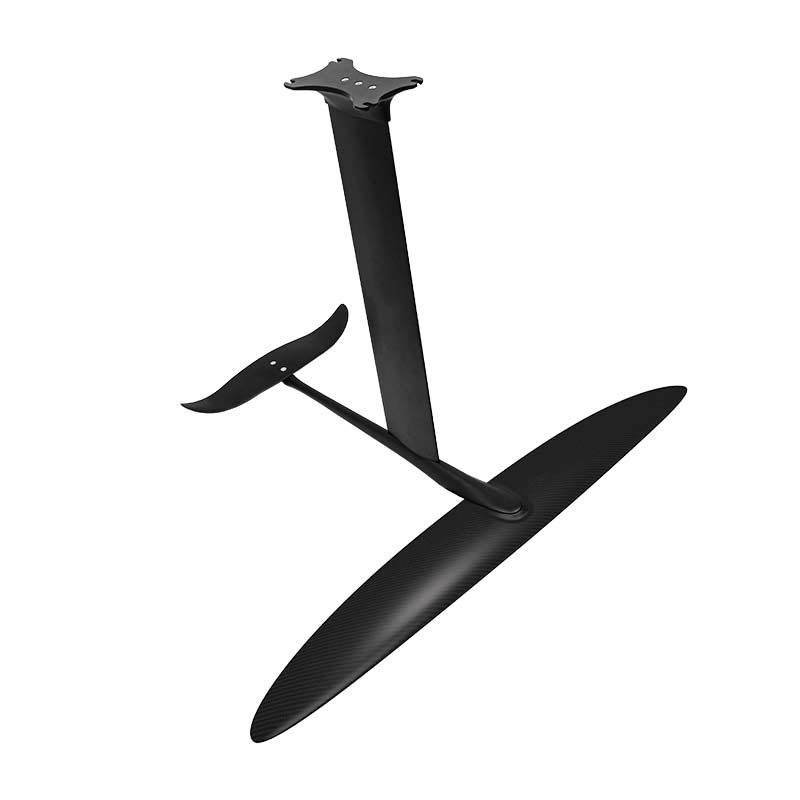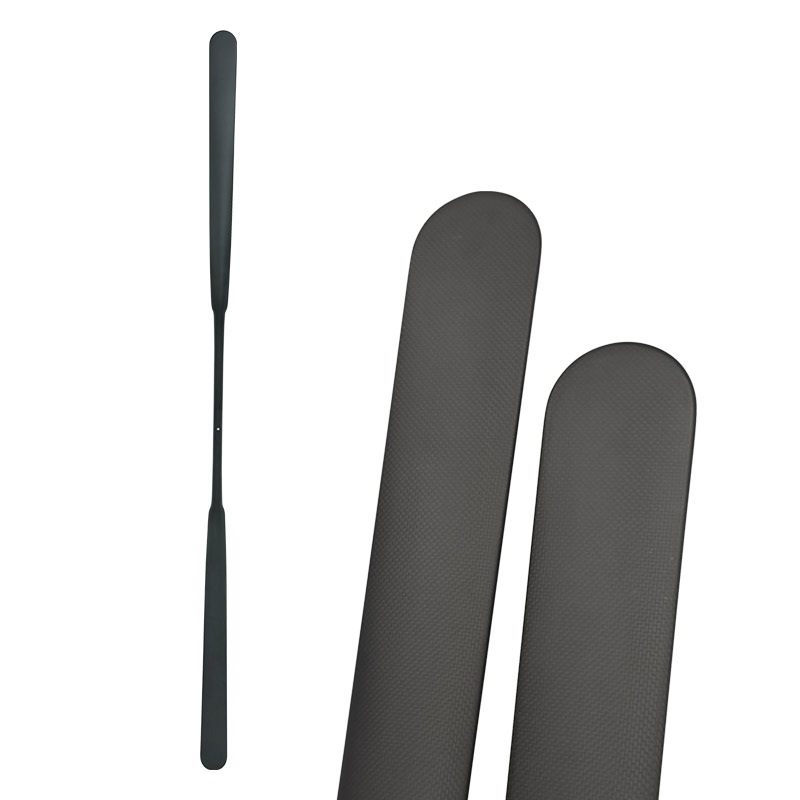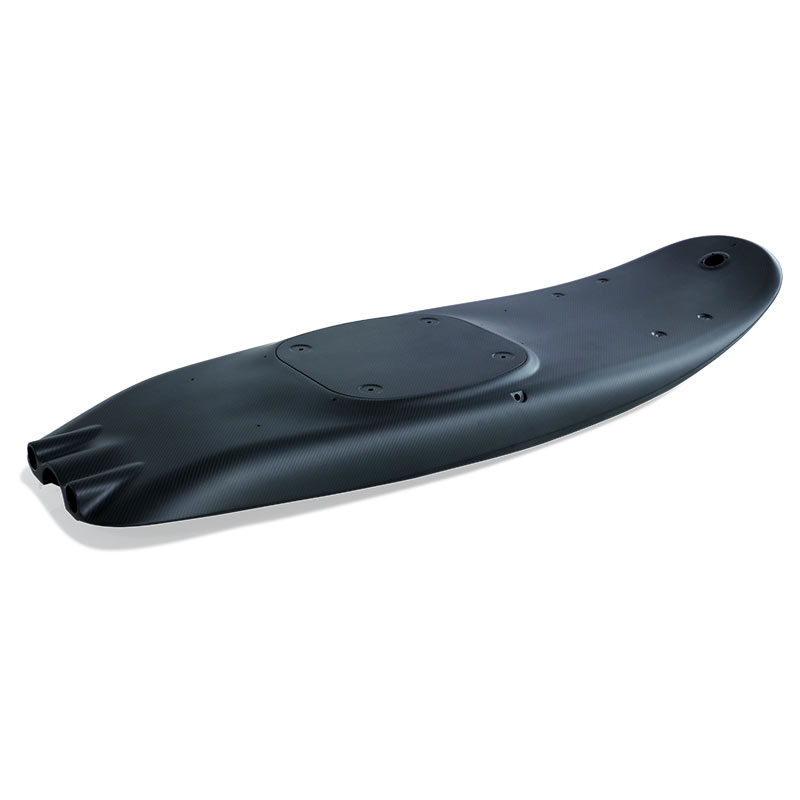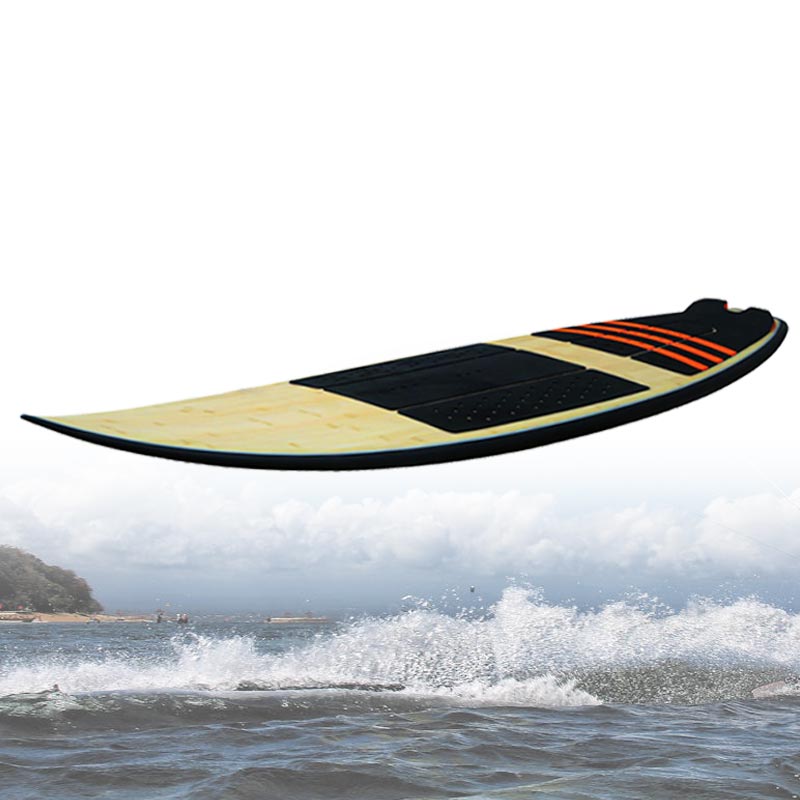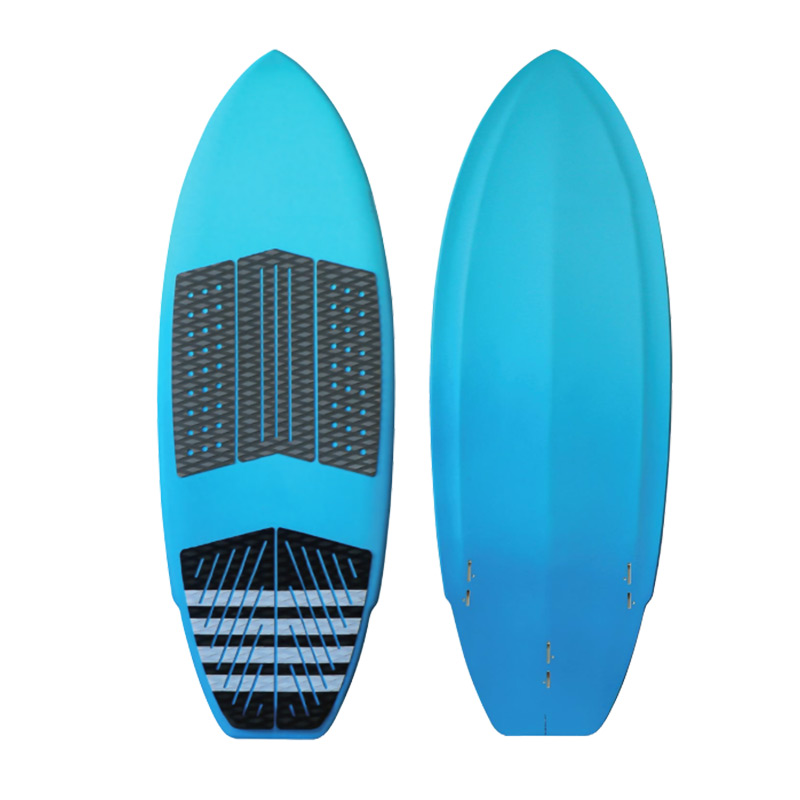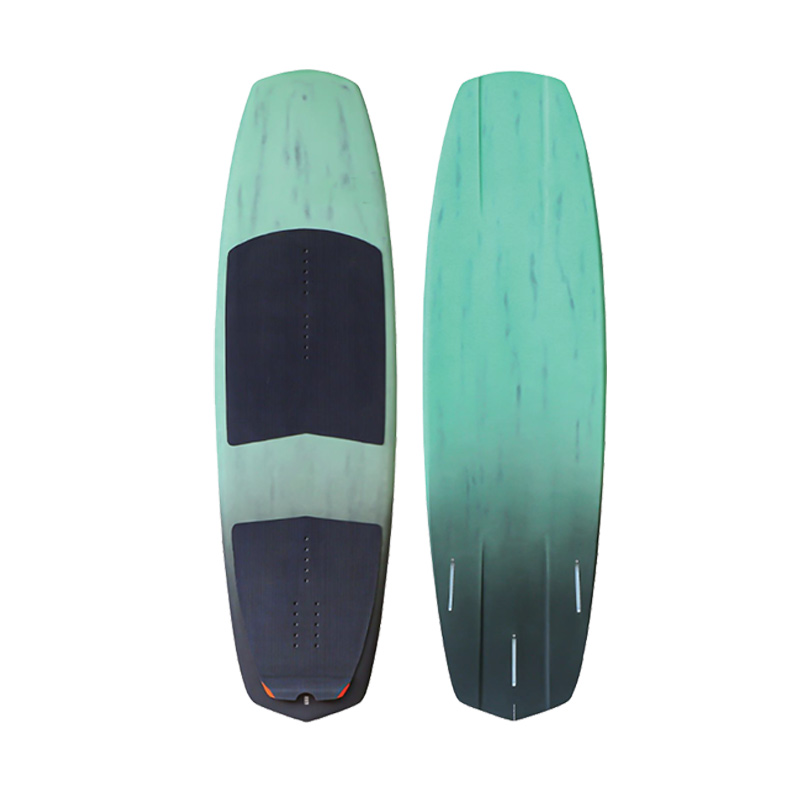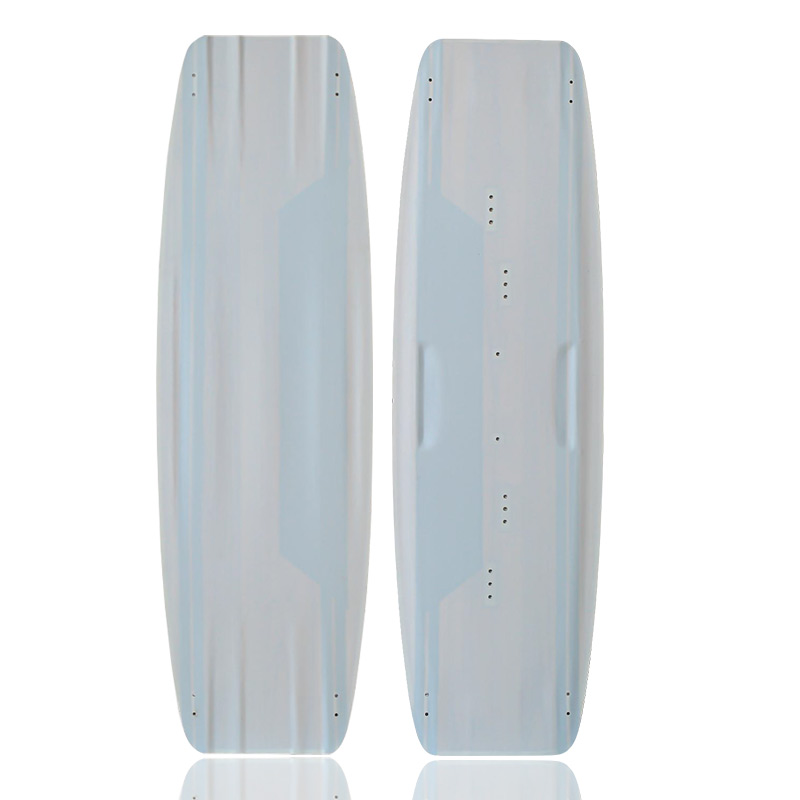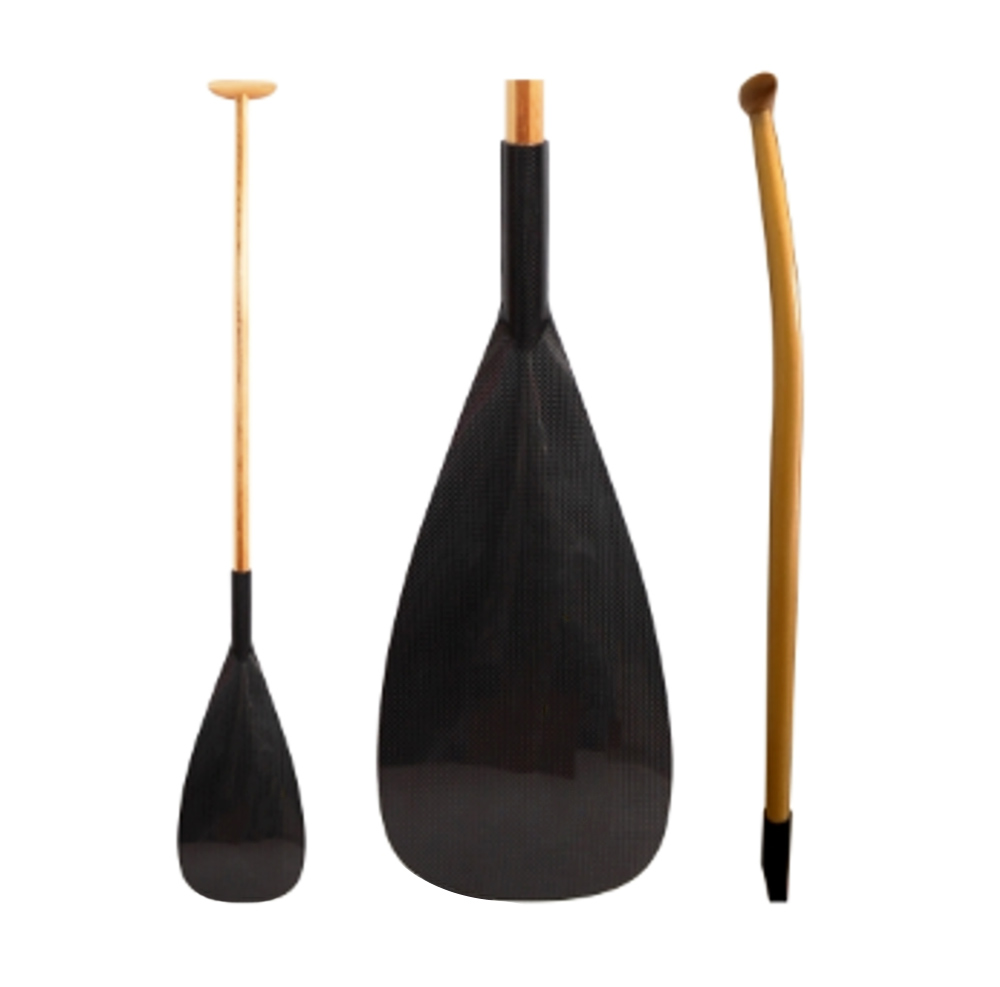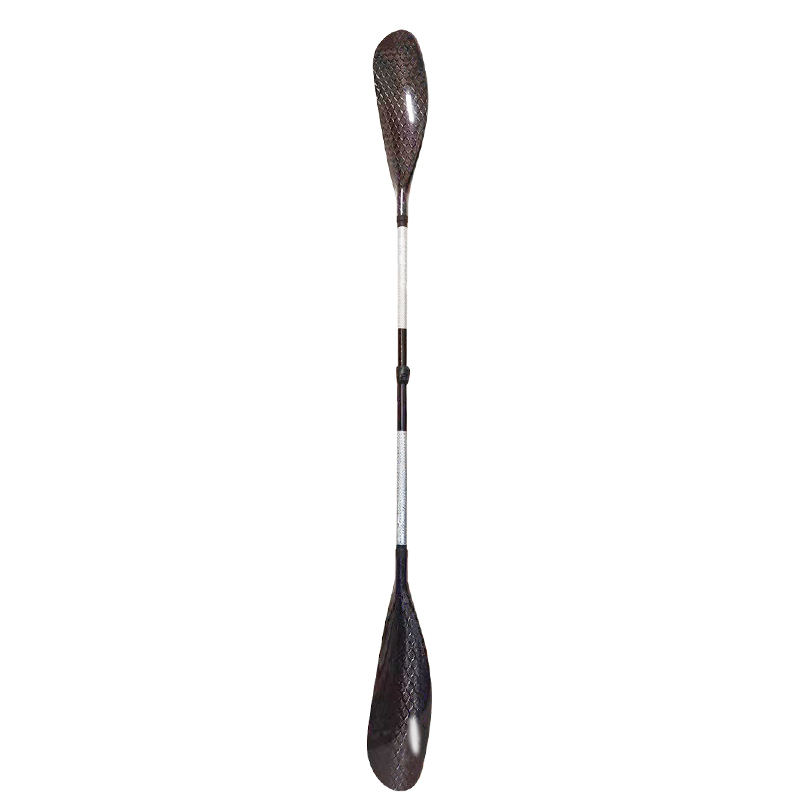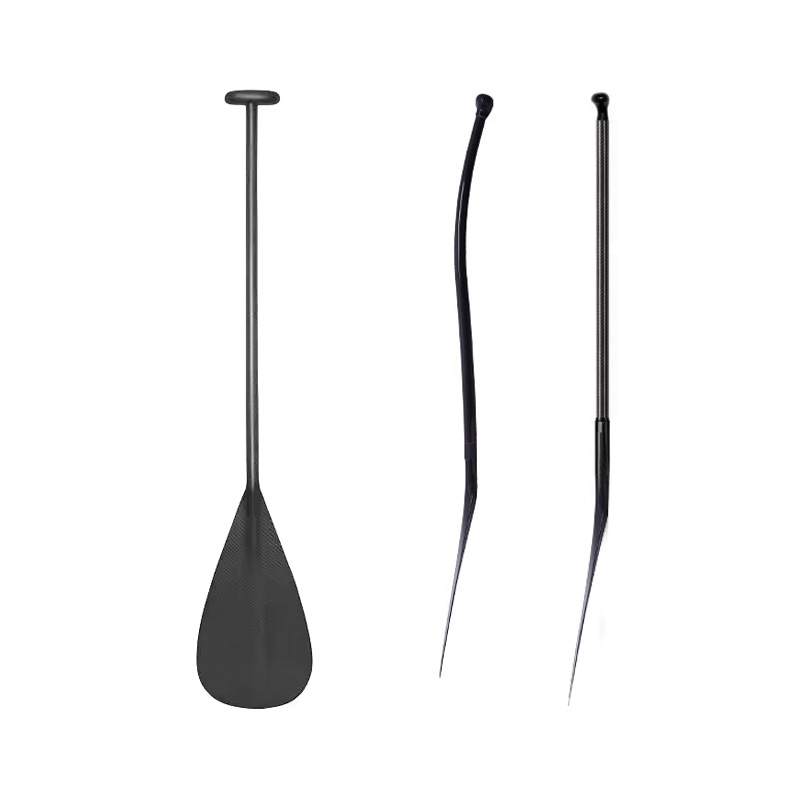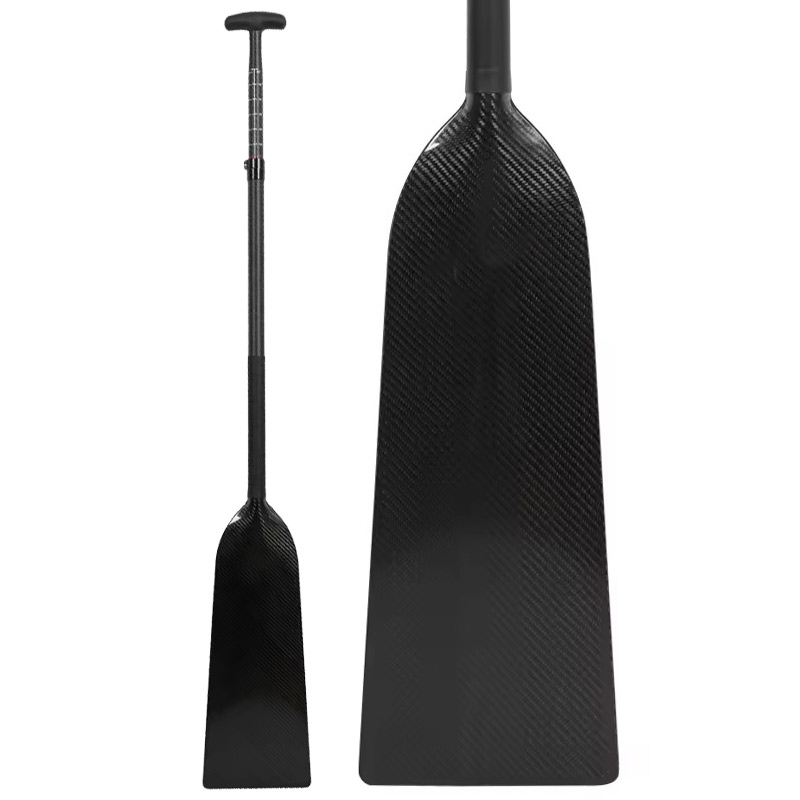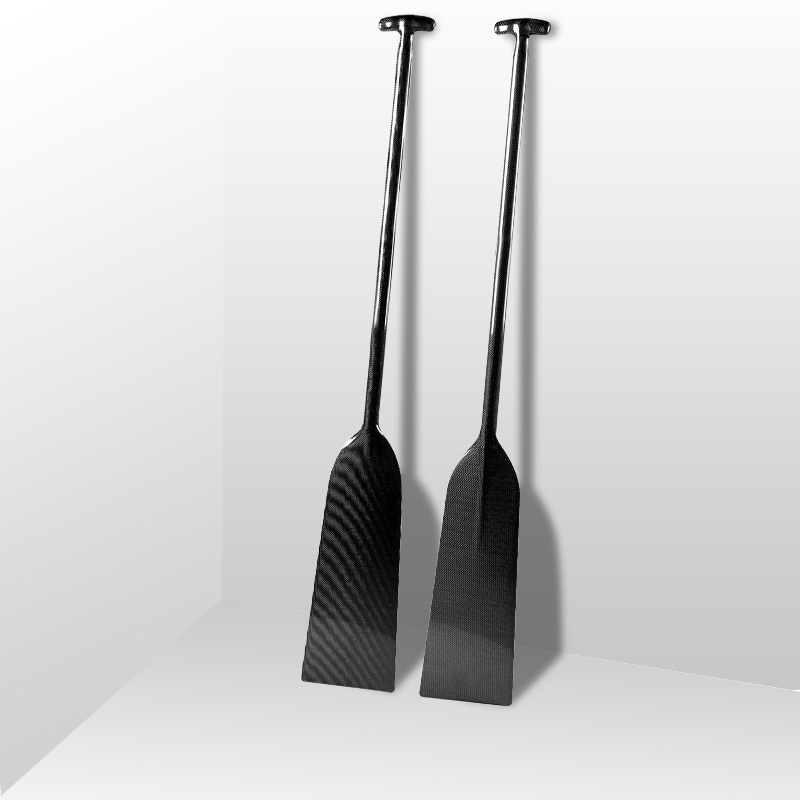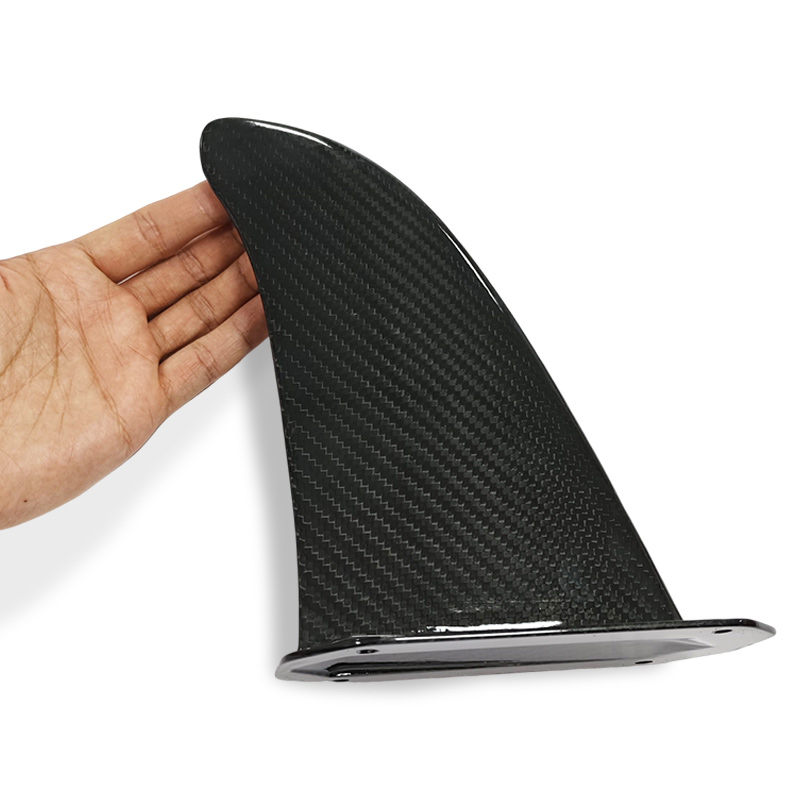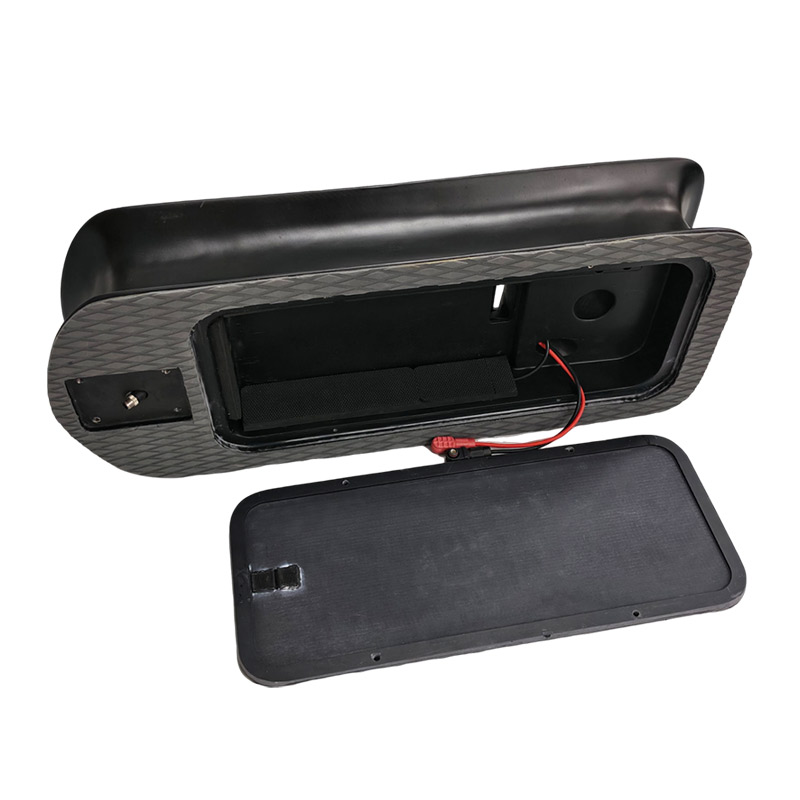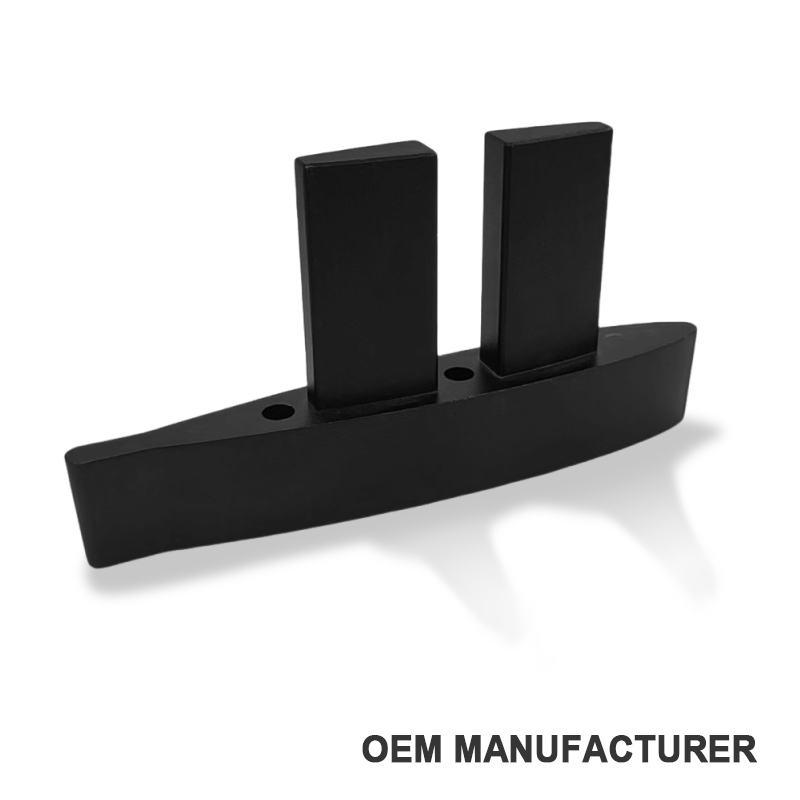If you’re ready to elevate your pump foiling skills and extend your ride time, you’re in the right place. Whether you’re able to pump for 10 or 20 seconds and are struggling to break that barrier, or you want to increase your endurance, this article will help you learn how to pump foil longer. By understanding the critical elements of the technique and focusing on the right aspects of your movement, you can make the most out of every pump and glide for much longer periods.
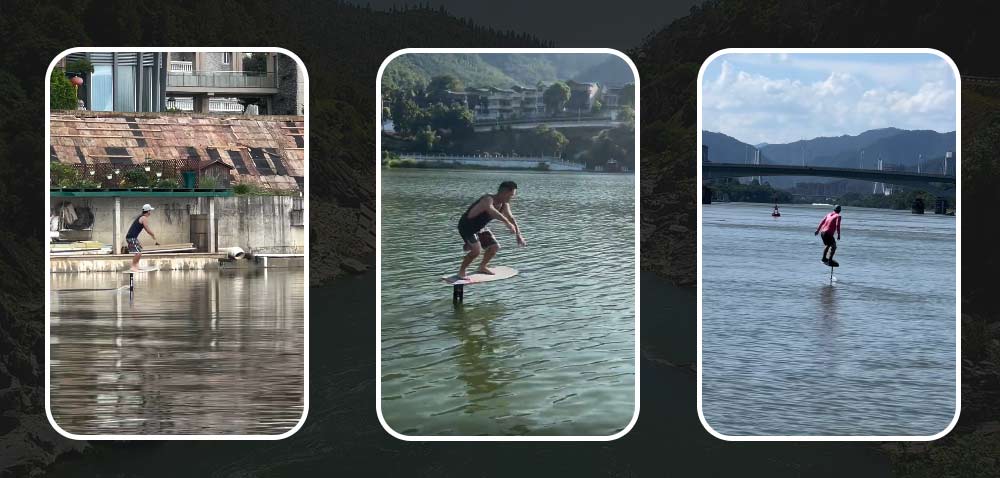
What Is Pump Foiling?
Before we dive into the tips and techniques, let’s define what pump foiling is. Pump foiling is an innovative water sport for surfers, SUP foiling paddler, kiteboarders, and wingfoilers that combines agility, rhythm, and technical prowess. At its core, it involves using a hydrofoil, a wing-like structure beneath the board, to lift above the water’s surface and glide with remarkable efficiency. Riders propel themselves by generating momentum through a rhythmic pumping motion, leveraging their body weight to maintain speed and lift.
This sport offers a seamless blend of engineering marvel and physical skill, as the foil minimizes drag and maximizes hydrodynamic performance. Enthusiasts are drawn to pump foiling for its unique ability to deliver a sense of effortless flight, transforming calm waters into a dynamic playground. With precision timing and proper technique, riders achieve extended glides that seem to defy gravity.
The challenge in pump foiling lies in maintaining that lift for as long as possible, which requires skillful control over your body position, balance, and timing.
Pump Foiling Base: Push vs. Hop
When learning to pump, there are two primary phases: push and hop. It’s essential to understand how these two movements work together and how focusing on the right one can improve your pumping performance.
Push Phase
The push phase is where you apply pressure to the board by pushing your legs down. This generates lift and speed as you push against the water, allowing the foil to rise above the surface.
The goal of pushing is to generate speed, but it’s not enough to simply push repeatedly. Without the hop phase, you might find yourself stuck in a cycle where the board dips and loses lift before you can continue to pump effectively.
Hop Phase
The hop phase is where you create a moment of weightlessness. As you hop, the board moves upward, releasing some of the pressure from your feet.
It’s important to note that you can push without hopping, but you cannot hop effectively without first pushing. So, hopping is a critical phase for maintaining continuous glide.
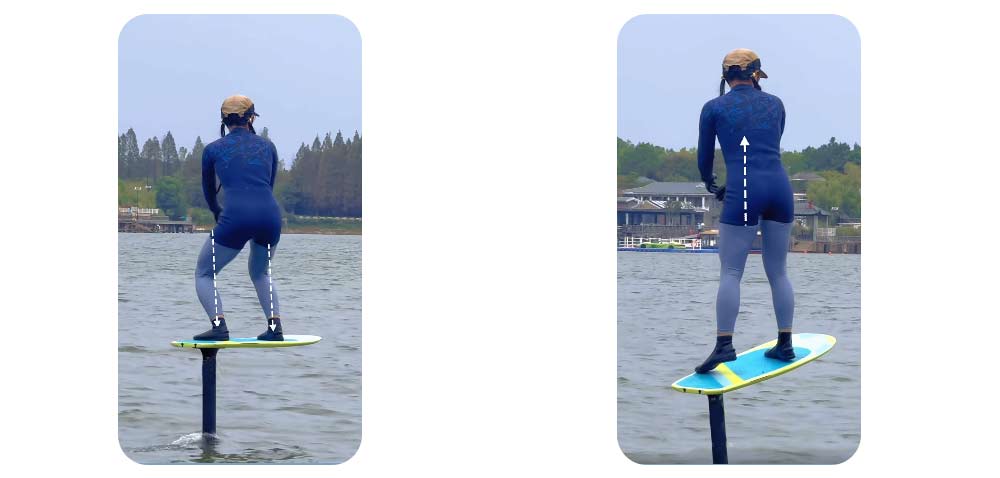
Focusing on the Hop
To pump for longer durations, it’s important to focus on the hop rather than the push. Here are 3 points to tell you why:
- Hop Brings Lift: As you push and hop, you create an upward momentum that allows you to glide smoothly over the water. Without this hop, you may find yourself constantly struggling to regain lift after each push.
- Timing Matters: The hop occurs when the board is rising on the mast. This moment is similar to biking uphill: the movement slows you down, but if you execute it correctly, you can maintain momentum and “climb” effortlessly.
- Control and Glide: The hop is where you unload your back foot, essentially releasing your weight. This helps keep the foil flying efficiently without adding extra drag. When you hop correctly, you control the pitch and prevent the nose from diving too sharply.
The Mechanics of a Good Hop
- Front Foot Control: Even though you are lifting off the back foot, your front foot must stay in contact with the board. This helps you control the pitch of the board and prevents the nose from rising too steeply.
- Back Foot Release: The back foot should be unloaded as you hop, allowing your board to lift freely and maintain speed.
- Balanced Stance: For the hop to work, you need to maintain a solid yet light stance. Your body should be slightly bent with a centered balance, and your weight should shift seamlessly from the back foot to the front foot during each hop.
Increase Your Pumping Duration
To pump for longer periods, focusing on refining your hop pump foiling technique is quite important. Here’s how you can start:
-
Understand the Up-and-Down Motion:
- Picture the foil’s mast like a hill. When you’re pumping, you’re essentially climbing and descending. The key is to make the climb efficient without losing too much momentum when you’re at the peak.
- When you land from your hop, point the nose down to accelerate. After that, as you begin to climb again, you hop once more, ensuring that the board stays in the “sweet spot” for maximum glide.
-
Optimize Your Timing:
- The goal is to avoid the common mistake of pushing too hard or too soft. The push phase should be enough to generate speed, but not so hard that it loses the opportunity to hop smoothly.
- Focus on a rhythmic pumping motion. When your foil is rising, get ready to hop. Once you land, accelerate again and then repeat the process.
-
Balance Between Push and Hop:
- It’s tempting to focus solely on pushing harder to get more glide, but the key is to balance both phases. Pushing is essential for generating speed, but hopping allows you to stay weightless and maintain that speed longer.
-
Body Positioning and Weight Distribution:
- The way you distribute your weight during each phase will influence how long you can pump. Keep a slightly bent stance, keeping your weight evenly distributed between your feet, and always maintain contact with the board using your front foot.
- Your back foot should feel light when you hop. Lifting the heel and applying less pressure on the back foot helps you unload, making the hop more effective.
-
Consistent Glide:
- After you hop, don’t rush to push again. Allow the board to glide as long as possible before initiating the next push. This is where timing becomes crucial. If you push too soon, you’ll break the rhythm and lose valuable glide time.
Analysis Your Foil Pumping Technique
One of the most effective ways to improve your pump foiling skills is to record yourself while you’re practicing. By watching the footage, you can analyze your technique and assess whether you’re focusing on the hop or just pushing too hard. Pay close attention to the following:
- Are you hopping effectively? Check if you are reaching the weightless phase during each pump.
- Are you controlling the pitch? Ensure that your front foot is always in contact with the board, even when you’re hopping.
- Are you lifting your back foot? Make sure you’re unloading the back foot properly during the hop.
Pump Foil Equipment Considerations
The gear you’re using can also impact your pumping ability. A larger foil might make it easier to pump for a short duration, but refining your technique will help you get more out of it. Here are a few things to consider regarding equipment:
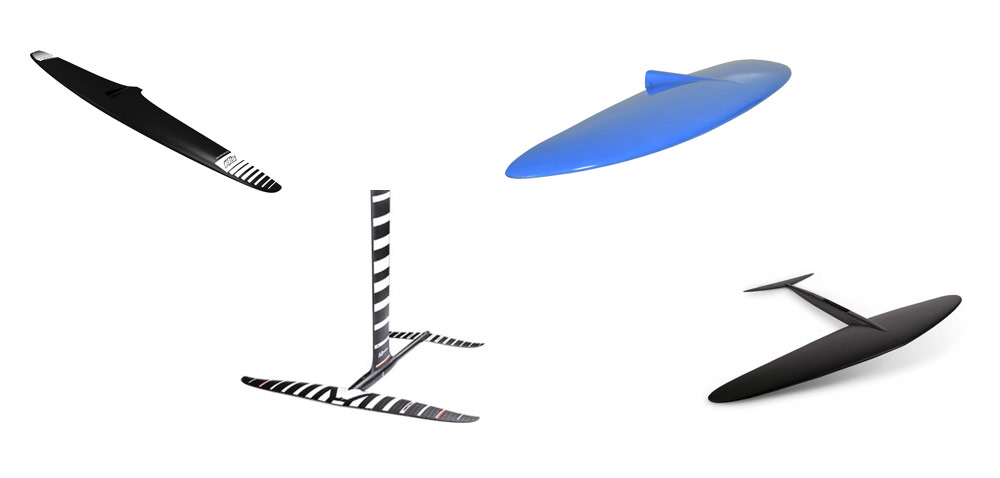
Hydrofoil For Pumping
If you’re using a massive pump foil, you may be able to pump for a bit longer, but don’t rely on just size to carry you. Learn the technique to get the most out of your foil. Selecting the right foil for pumping is essential for maximizing performance and ease of learning. Below are recommendations tailored to different surfer levels:
Beginner:
- Large Front Wings (1800-2400 cm²): These provide excellent lift and stability at lower speeds, helping beginners stay balanced and learn the fundamentals.
- Examples: Axis Foil PNG Series, Slingshot Infinity 84.
- Select Tips: High aspect ratio for efficient glide. Lower stall speeds for better control.
Intermediate
- Medium-Sized Front Wings (1200-1800 cm²): These offer a balance between lift and speed, allowing riders to refine pumping technique and transition into more dynamic maneuvers.
- Examples: Armstrong HA925, Naish Jet 1650.
- Select Tips: Moderate aspect ratio for versatility. Improved speed while retaining stability.
Advanced
- Small Front Wings (800-1200 cm²): Designed for high performance, these foils prioritize speed, efficiency, and extended glides.
- Examples: GoFoil GL Series, F-One Phantom Carbon 940.
- KSelect Tips: High aspect ratio for enhanced glide efficiency. Requires precise control and advanced pumping skills.
Expert
- Specialized Racing Foils (Under 800 cm²): Ultra-efficient wings for riders seeking maximum speed and performance in competitive scenarios.
- Examples: Lift HA 120, Axis ART Series.
- Select Tips: Minimal drag for ultimate glide. Demands exceptional technique and stamina.
Pumping Foilboard
A smaller, Lightweight foil board is often easier to maneuver and control, allowing you to hop more effectively. Which is suitable for pump foiling, here are the suggestions for different surfer levels about the foilboard selection.
Beginner Surfers
- Large-Volume Boards (100–150L): Provide excellent buoyancy and stability, making it easier to balance while learning to pump.
- Wide and Longer Boards: Enhance stability and reduce the risk of falling.
- Example: Slingshot Wizard or Naish Hover Wing Foil.
Why: These boards help newcomers focus on mastering basic techniques without worrying about balance issues.
Intermediate Surfers
- Mid-Volume Boards (80–100L): Offer a mix of stability and maneuverability, allowing riders to develop pumping efficiency.
- Compact Shapes: Enable smoother transitions and better control.
- Example: Fanatic Sky Wing or Armstrong Wing SUP.
Why: Intermediate riders can explore tighter turns and longer pump sessions with boards that balance stability and responsiveness.
Advanced Surfers
- Low-Volume Boards (40–80L): Lightweight and agile, these boards maximize pumping efficiency and allow for advanced maneuvers.
- Minimalist Shapes: Designed for reduced drag and higher speeds.
- Example: Kalama E3 Downwind or F-One Rocket Wing Carbon.
Why: Advanced surfers benefit from high-performance boards tailored for precision and speed during pump foiling.
Unity Sports is a composite surfing product manufacturer with more than 10 years, if you are interested in custom high-performance foil for pumping, welcome to contact us to get the price.
Conclusion: Focus on the Hop, Not the Push
All in all, to pump foil longer, it’s essential to focus on the hop rather than overemphasizing the push. By mastering the hop, you’ll allow the board to glide for longer durations, increase your speed, and ensure that you maintain control over the pitch. Remember, it’s the rhythm between pushing and hopping that will keep you gliding effortlessly. So, get out there, refine your technique, and watch your pump foiling abilities soar.
Happy pumping! Let me know how this technique works for you, and I wish you an amazing year of pump foiling!

